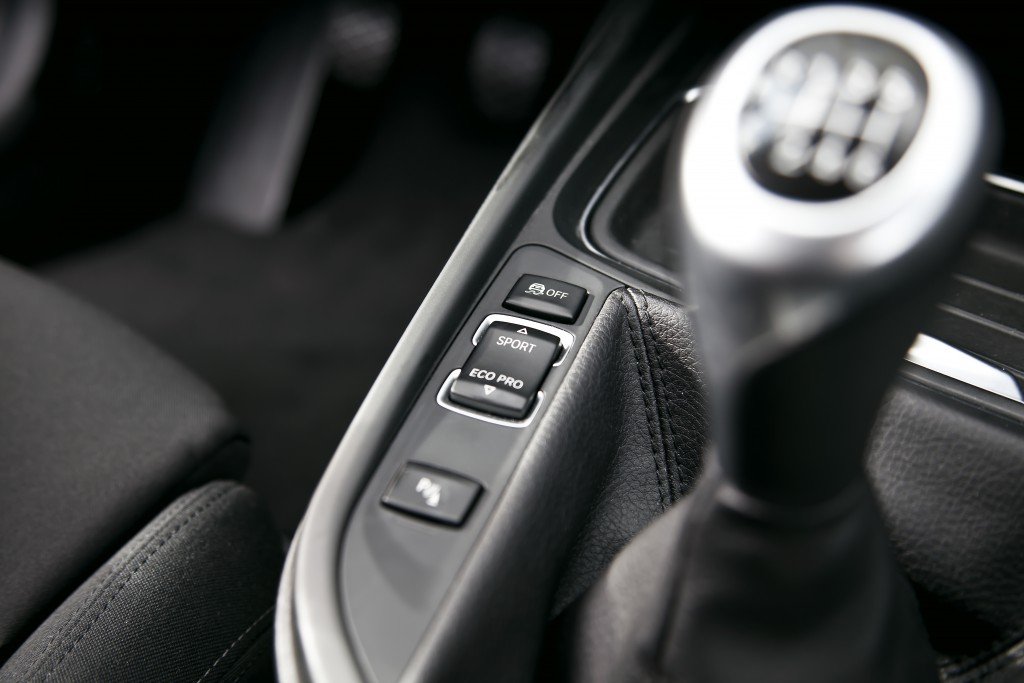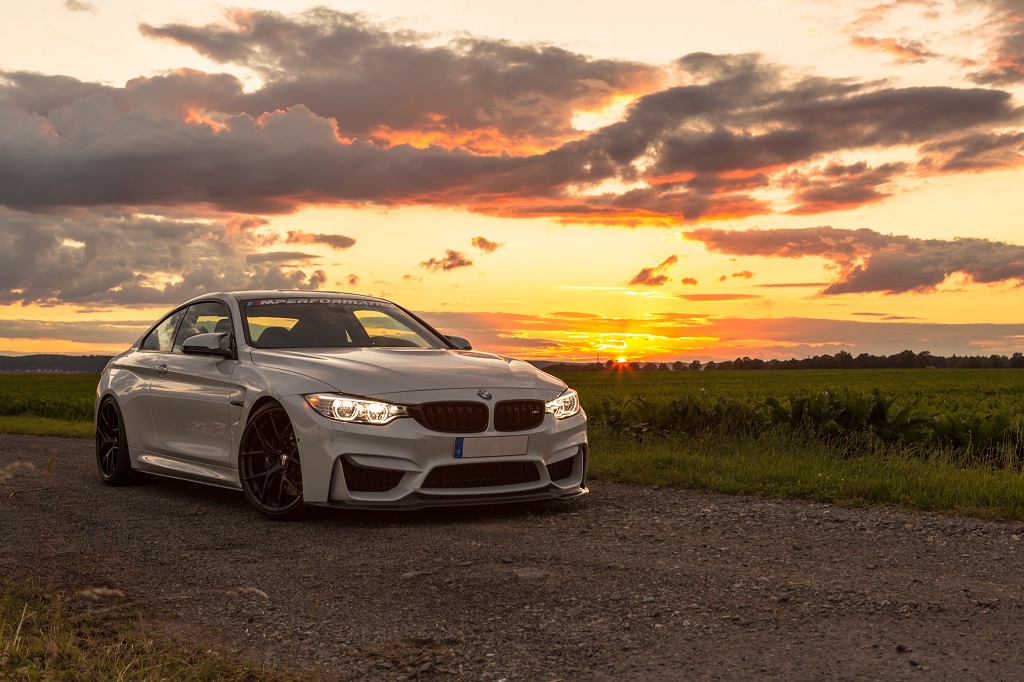
In order to provide the ultimate ride no matter what road conditions or driving style, auto manufacturers even equip their vehicles optional with adjustable damping settings from the factory.

KW Automotive is always looking to push the boundaries of suspension technology. After achieving massive success with the revolutionary KW Variant 3 and KW Clubsport 3-way coilover systems KW developed electronically-adjustable coilover kits since 2011. This is great for all performance enthusiast interested in lowering their car with an adaptive coilover suspension kit.

The latest generation of the adaptive KW DDC plug&play coilovers is now also available for the current BMW M4 (F82) and M3 (F80).

Based on the super-resilient inox-line of coilovers, the KW DDC works just like any other kit featuring a coilover shock construction – a threaded, oil-filled body for height adjustment and the relevant welded brackets to ensure a perfect fit, without the need for additional modification.

Height is adjusted by simply rotating the durable collar until the desired height is achieved while the damping adjustment is carried out in a different way – in fact you don’t even need to leave the driving seat with a DDC coilover!

Our friends at Thompson Performance Group installed at set of KW DDC plug&play coilover suspension kit in a “Ferrarirot” F80-chassis BMW M3 and the guys of FRONT STREET shot all the awesome images. Thompson BMW, a car dealership with a twist, which is situated in the quaint Doylestown, PA area, about one hour north of the Philadelphia metropolis. See, the folks at Thompson had a successful history with installing aftermarket products for their customers, and realized that there was a large demand for dealer-installed aftermarket modifications in the BMW world.


In 2014, headed by Matt Bean and Laura Zimmerman, Thompson Performance Group was formed to offer sales and installation of other product lines like suspension kits from KW. BMW Master Technician Mike Samlal started by routinely disassembling various pieces of the M3’s engine bay, including the chassis’ famous carbon reinforcement bar.


The next step was to put it up on the lift and remove the factory lug studs and wheels. In the front, this opened sight of the factory damper and spring combination, which Mike swiftly removed from the accompanying suspension pieces like the sway bar and hub.

At the top, he detached the electrical connector for the factory damping settings, and loosened the top bolts holding the strut in place.

Since the KW DDC kit utilizes the factory BMW top hat, Mike enlisted the help of Thompson’s trusty spring compressor to safely disassemble the tightly wound suspension setup.


Back at the car, the top hat was fastened to the new coilover using a specially-made tool from KW, which contains an opening for the wires, a hex head to hold the shock’s piston in place, and a larger hex head to secure the top hat’s hardware.

With the help of Matt Bean, Mike torqued the top hat onto the new damper to 54 Nm (40 lb-ft), and then, using this KW-supplied gold spacer, prepped the hub for the new damper’s installation.


With the top hardware secured, it was electrical connector time. The KW kit comes with replacement electrical connectors, which still produce a factory appearance, yet recreate a connection with the KW electronics built into the damper. Mike simply used a pick to de-pin the BMW connector, and fitted the new one in its place on both the chassis side and the suspension side to create a perfect OEM-type connection.


Using Bean’s help again, Mike raised the hub into its position on the strut and secured the associated bolts. After fitting the BMW module to the strut body, and re-connecting the sway bar, one corner of the installation was complete.

Mike repeated this step for the other front corner before moving onto the rear. In the rear, Mike removed the OEM fender liner to access the suspension pieces located behind it.

The F80-chassis uses a separate spring/shock setup in the rear, so while the same components must find their way onto the car, the process for doing so is different than what is required in the front.

After removing the bolts from the top and the bottom and disconnecting the strut’s plugs, the rear factory BMW was pulled from the chassis.

Once removed, it was clear to see how much more compact the KW unit was compared to the factory damper. Yet another look at the differences of the OEM strut next to its replacement from KW reveals external reservoirs, which are fitted to the car much like the process for the front.


The BMW electronics were then removed from each shock, and are subsequently reassigned to their new home on the KW piece. Using the supplied KW tool, the top hat of the rear strut was removed, placed on the new damper and again torqued into place.


Similar to the process at the front, the rear connectors were de-pinned and replaced with KW-supplied alternatives. The strut was fastened into place at the top, which left the bottom open to aid in removal of the OEM rear spring.

With the lower control arm/spring perch secured underneath, Mike removed the remaining bolt holding it to the chassis and began slowly lowering the arm, until the spring no longer had tension.


The spring’s adjustment collar was placed above the spring and helper spring, closest to the body, and the lower control arm was raised back into place. All associated bolts were then torqued to 135 Nm (100 lb-ft) to complete the rear coilover installation.

All of the bracing and trim underneath the hood was then buttoned up to reveal a nearly factory appearance. The car was driven out of the install bay for the final step of the installation—the alignment.

The team at Thompson uses a pair of in-ground Hunter Hawk Eye laser alignment machines to accurately align any car.


Mike centered the wheels, placed the sensors on the hubs, and made all the adjustments as needed until the screen showed green.


Matt made one last check to measure the ride height, and the car was driven out of the alignment bay completely finished. With its new adjustable ride height, factory-adjustable damping settings and a fresh alignment, the now KW DDC-equipped BMW is that much closer to being the “Ultimate Driving Machine” as described by the marque.

If you want to learn more about the DDC Plug & Play suspension program, or see the application list, you can visit our KW Website.












































